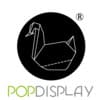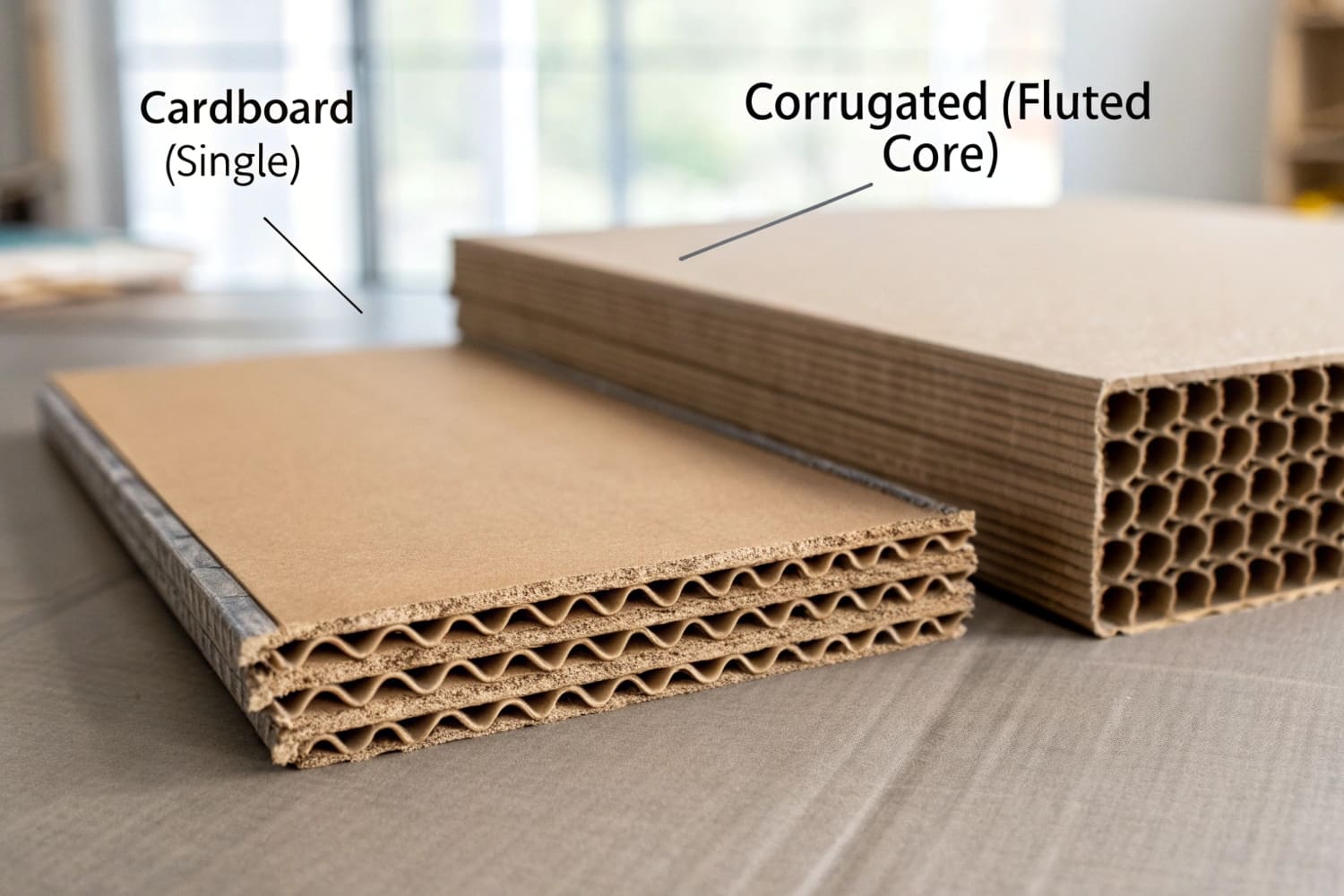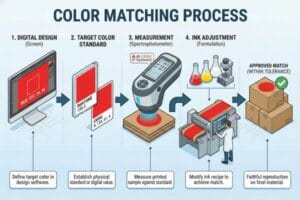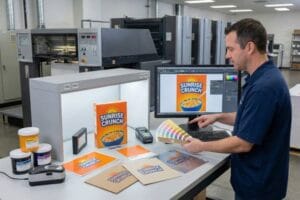I see buyers confuse “cardboard” and “corrugated” all the time. The terms look close. The stakes are high. If we choose wrong, displays fail, deadlines slip, and costs rise.
Cardboard is a general paperboard material, often single-ply, while corrugated is a multi-layer board with a fluted medium between liners; corrugated is stronger, better for shipping and POP displays, and easier to engineer at scale.
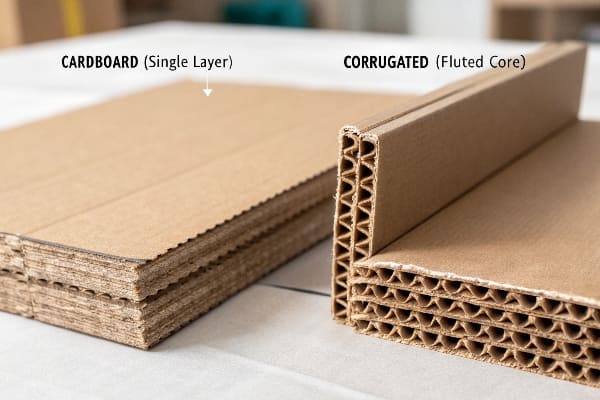
I will keep it simple and useful. I will give crisp answers first. Then I will show clear tables and field notes from real display projects in North America and Asia.
Is corrugated the same as cardboard?
Many teams use both words as if they match. Stores do not. Printers do not. Freight teams do not. If we mix them, we risk damage, claims, and missed windows.
No. “Cardboard” is a broad term for paperboard materials, but “corrugated” means a specific sandwich of two flat liners and a fluted medium; corrugated carries more weight and resists crush.
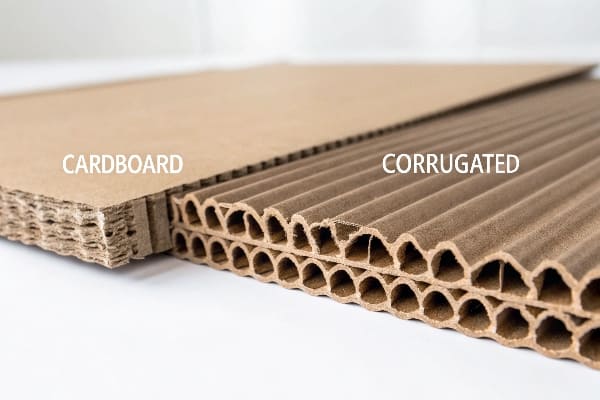
Why the terms get mixed up
I work with brands that launch seasonal POP programs on tight schedules. Engineers ask for “cardboard” displays. They often mean corrugated1. Cardboard can be chipboard or paperboard. It works for small cartons or sleeves. It fails in many floor displays. Corrugated has a fluted core. It spreads load, takes hits, and survives transport. Printers can run high-impact graphics on white-top liner. Digital presses make short runs fast and clean. When I ship to the U.S. and Canada, floor and pallet displays use single-wall E, B, or C flute, or double-wall for heavier gear like crossbows. Moisture is a risk. I choose coatings or nano barriers when stores have high humidity. I use FSC and recycled fiber when buyers need sustainability claims2. The language is simple. Cardboard is a family. Corrugated is the heavy-duty cousin that we trust in stores.
Quick construction view
| Term | Structure | Typical Use | Strength |
|---|---|---|---|
| Cardboard (paperboard) | Single-ply | Folders, sleeves, light cartons | Low |
| Corrugated single-wall | Liner + Flute + Liner | POP trays, shippers, floor stands | Medium–High |
| Corrugated double-wall | 5-ply (L+F+L+F+L) | Heavy floor and pallet displays | Very High |
What is the difference between cardboard and corrugated boxes?
Teams want a short answer during quoting. Sourcing needs a clean spec. Retailers want proof the box or display will hold.
A cardboard box uses solid paperboard and suits light items, while a corrugated box uses fluted board between liners and suits heavier loads, better stacking, safer shipping, and more reliable POP structures.
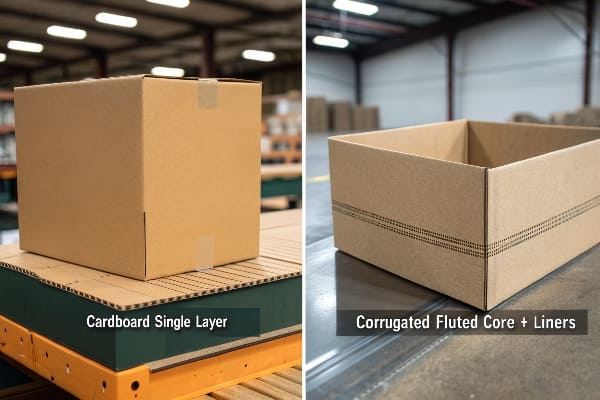
Performance that matters in the aisle and in transit
I plan box and display specs around three checks: load, print, and speed. Load comes first. Corrugated boxes3 pass edge crush and stacking tests that cardboard boxes fail. This protects products and keeps displays upright. Print comes next. Paperboard prints smooth for cosmetics sleeves, but white-top corrugated now reaches sharp color with digital presses. Speed is third. Corrugated can flat-pack and pop up fast in stores, which saves labor and reduces missed resets. I once supported a hunting brand launch with strict dates. The buyer needed pallet displays at Walmart and standalone floor units at specialty stores. We tried cardboard sleeves for small accessories but shifted to single-wall B-flute for the floor units. Strength tests showed 2× safety over the target. The rollout hit every window. Damages dropped below 1%. The cost stayed under budget because the structure shipped flat.
Side-by-side criteria
| Criteria | Cardboard Box (Paperboard) | Corrugated Box |
|---|---|---|
| Wall structure | Solid sheet | Fluted core + liners |
| Stacking strength4 | Low | Medium to high |
| Weight capacity | Light | Medium to heavy |
| Best fit | Retail cartons, sleeves | Shipping, POP trays, floor/pallet displays |
| Very smooth | Strong color on white-top liners | |
| Sustainability | Recyclable | Recyclable, high recycled content options |
Is there a difference between cardboard and corrugated cardboard?
Buyers email me this exact line. The words feel close. The specs are not. The wrong choice can ruin a promotion.
Yes. “Cardboard” is generic; “corrugated cardboard” is the engineered version with a fluted core; it delivers higher crush and puncture resistance for displays and shipping.
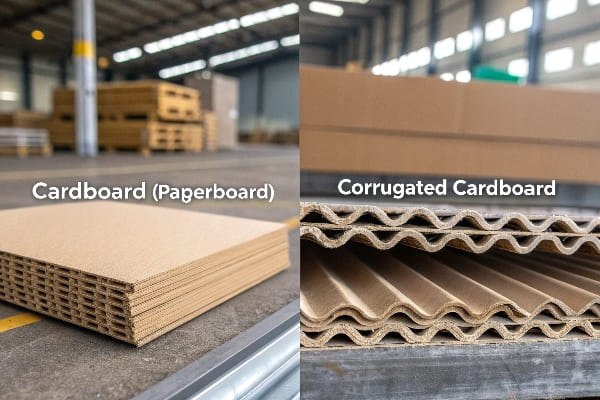
How naming affects quoting, testing, and cost
When I send quotes, I never write only “cardboard.” I list flute, liners, and tests. For example: “Single-wall B-flute, 200# test, white-top kraft, water-based inks.” This clarity stops surprises on the line and at the store. Corrugated cardboard adds a fluted medium that behaves like an I-beam. It spreads force across the panel. This is why a corrugated tray can hold bottles, tools, or hunting gear without bowing. For displays, I select E-flute for fine print trays, B-flute for general floor strength, and double-wall when products are heavy. Digital print lets me run small batches for regional tests. I keep materials within retailer recycling rules. I use FSC or recycled content as buyers request. When tariffs or pulp prices move, I tweak flute choice5 and liner weight to hold cost and keep performance. Clear names lead to faster approvals and fewer change orders.
Naming to spec
| Phrase in Email | What It Usually Means | Action I Take |
|---|---|---|
| “Cardboard display” | Vague, could be paperboard or corrugated | Confirm flute, liners, tests |
| “Corrugated cardboard” | Fluted board | Pick flute (E/B/C), set test |
| “Heavy-duty corrugated” | Higher ECT/Burst or double-wall | Propose double-wall or stronger liners |
How to know if cardboard is corrugated?
People ask for a quick field check. They need a yes or no before they confirm a PO or approve a sample.
Look at the edge: if you see a wavy fluted core between two flat liners, it is corrugated; a solid, single sheet without a fluted layer is plain cardboard/paperboard.
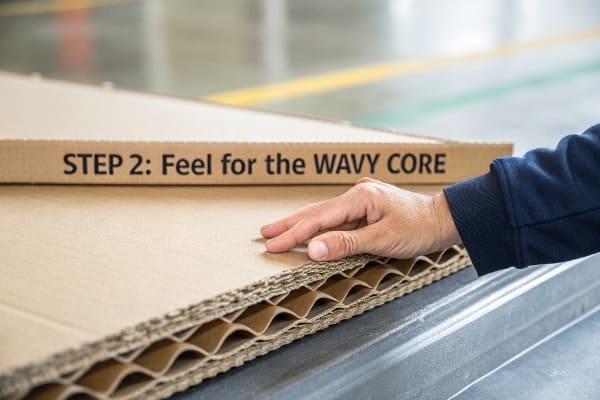
A simple checklist I use on the factory floor and in stores
I train new team members to do four checks. First, look at the edge. Corrugated6 shows a ripple pattern. Cardboard7 does not. Second, press the panel. Corrugated springs back and spreads pressure. Cardboard dents and keeps the mark. Third, weigh and tap. Corrugated sounds a bit hollow because of the air gaps around the flute. Cardboard sounds solid. Fourth, fold a small tab. Corrugated folds along a score with a clear hinge. Cardboard creases in a softer line. During a U.S. launch for a premium bow brand, a buyer sent me photos of damaged displays from a competitor. I asked for an edge shot. I saw thin paperboard, not corrugated. The unit was pretty, but it failed under load. We rebuilt with B-flute and added a small top cap. Damage rate dropped. Sell-through improved because the unit stayed upright and clean.
Fast identification guide
| Check | What You See/Feel | Result |
|---|---|---|
| Edge view | Wavy core between liners | Corrugated |
| Panel press | Resists crush, springs back | Corrugated |
| Sound on tap | Slight hollow tone | Corrugated |
| Simple fold test | Hinge at score, clean crease | Corrugated |
| Solid edge, no waves | Single sheet | Cardboard/Paperboard |
Conclusion
Cardboard is the broad family. Corrugated is the engineered workhorse. I choose corrugated for load, speed, and print. Clear specs protect launches and keep displays selling.
Explore this link to understand the versatility and strength of corrugated materials in various applications. ↩
Discover effective strategies for making sustainability claims in packaging to enhance brand credibility and consumer trust. ↩
Explore this link to understand why corrugated boxes are superior in strength and versatility, making them ideal for various packaging needs. ↩
Learn about the importance of stacking strength in packaging to ensure product safety and efficiency during transport and display. ↩
Choosing the right flute is crucial for packaging strength and performance; this resource will guide you in making informed decisions. ↩
Explore the advantages of corrugated materials to understand why they are preferred for durability and performance. ↩
Learn about the differences between cardboard and corrugated to make informed choices for your packaging needs. ↩
